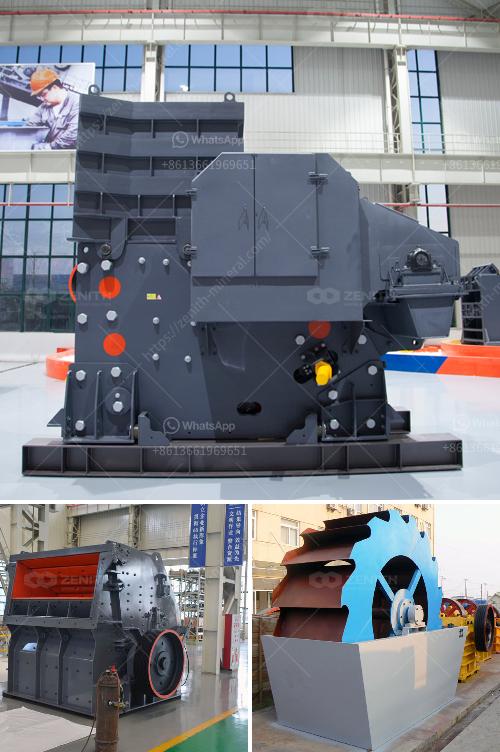Certainly! Let's delve into the case study of a 1.2 tons per hour (tph) chromite ore beneficiation process flow. This process is crucial for the extraction and processing of chromite ore, which is a significant mineral used in various industrial applications, including the production of stainless steel, refractory materials, and chemicals.
Overview of Chromite Ore Beneficiation
Chromite ore beneficiation involves various processes to increase the concentration of chromium in the ore. The primary goal is to separate the valuable chromite mineral from the gangue minerals, which are the non-valuable minerals present in the ore. The beneficiation process typically includes several stages, such as crushing, grinding, screening, and various separation techniques.
Process Flow for 1.2 TPH Chromite Ore Beneficiation
-
Crushing and Grinding:
- Crushing: The raw chromite ore is initially crushed to reduce the size of the ore particles. This is typically done using jaw crushers or gyratory crushers.
- Grinding: The crushed ore is then ground to a finer particle size using ball mills or rod mills. This step is essential to liberate the chromite mineral from the surrounding gangue.
-
Screening:
- After grinding, the ore is passed through screens to separate particles based on size. The screening process helps in classifying the ore into different size fractions, which can be processed separately.
-
Gravity Separation:
- Spiral Concentrators: The ground and screened ore is fed into spiral concentrators, which use gravity to separate the heavier chromite particles from the lighter gangue minerals. The spirals create a centrifugal force that helps in the separation process.
- Shaking Tables: The concentrate from the spiral concentrators is further processed using shaking tables. These tables use a combination of gravity and water flow to separate the chromite particles based on their density.
-
Magnetic Separation:
- Low-Intensity Magnetic Separators (LIMS): The chromite concentrate from the gravity separation stage may still contain some magnetic gangue minerals. LIMS are used to remove these magnetic impurities.
- High-Intensity Magnetic Separators (HIMS): For finer separation, HIMS can be used to further purify the chromite concentrate by removing any remaining magnetic particles.
-
Flotation:
- In some cases, flotation techniques are employed to separate fine chromite particles from the gangue. This involves adding chemicals to the slurry, which selectively attach to the chromite particles, making them hydrophobic. Air bubbles are then introduced, which attach to the hydrophobic particles and float them to the surface for collection.
-
Dewatering:
- The final chromite concentrate is dewatered using thickeners and filters to remove excess water. This step is crucial to produce a dry concentrate that can be easily handled and transported.
Key Considerations
- Ore Characteristics: The specific characteristics of the chromite ore, such as mineral composition, particle size distribution, and the presence of impurities, play a significant role in determining the most effective beneficiation process.
- Equipment Selection: The choice of equipment, such as crushers, mills, concentrators, and separators, is critical to achieving optimal separation efficiency and product quality.
- Process Optimization: Continuous monitoring and optimization of the beneficiation process are essential to maximize recovery rates and minimize operational costs. This may involve adjusting parameters such as feed rate, water flow, and chemical dosages.
Conclusion
The 1.2 tph chromite ore beneficiation process flow involves a series of steps, including crushing, grinding, screening, gravity separation, magnetic separation, flotation, and dewatering. Each stage is designed to progressively concentrate the chromite mineral and remove impurities, resulting in a high-quality product suitable for various industrial applications. Understanding the specific characteristics of the ore and selecting the appropriate equipment and techniques are crucial for the success of the beneficiation process.

